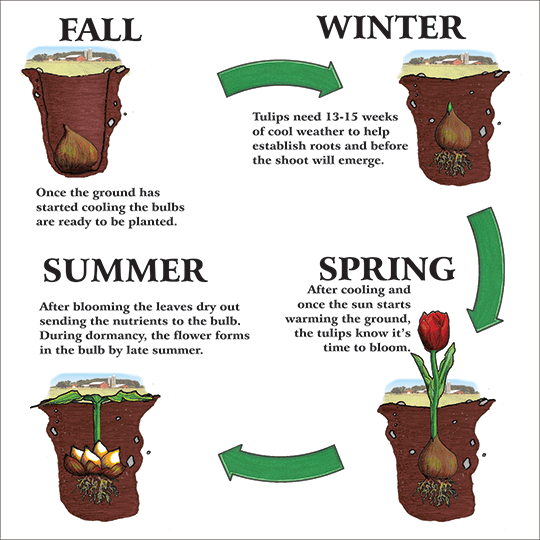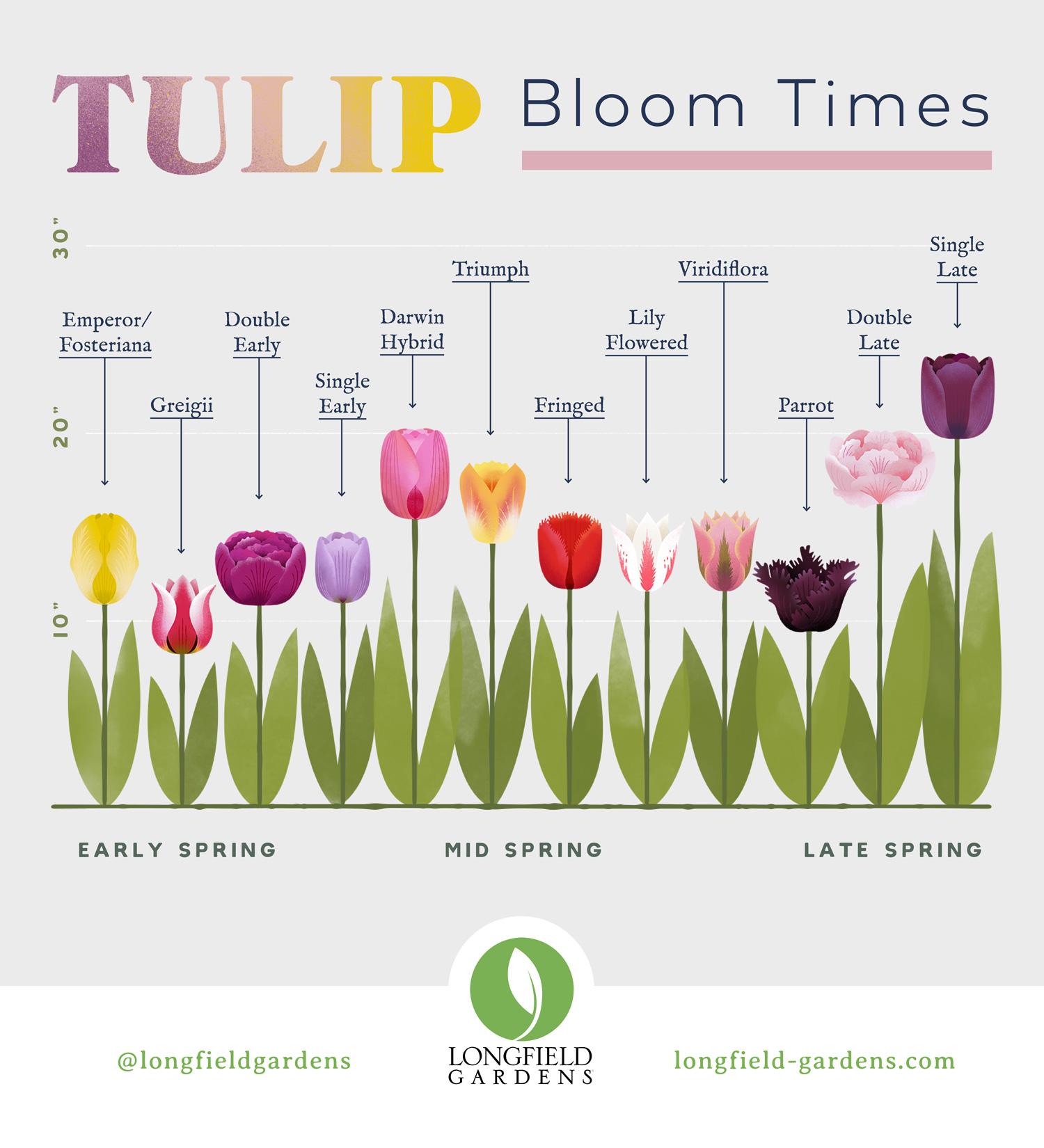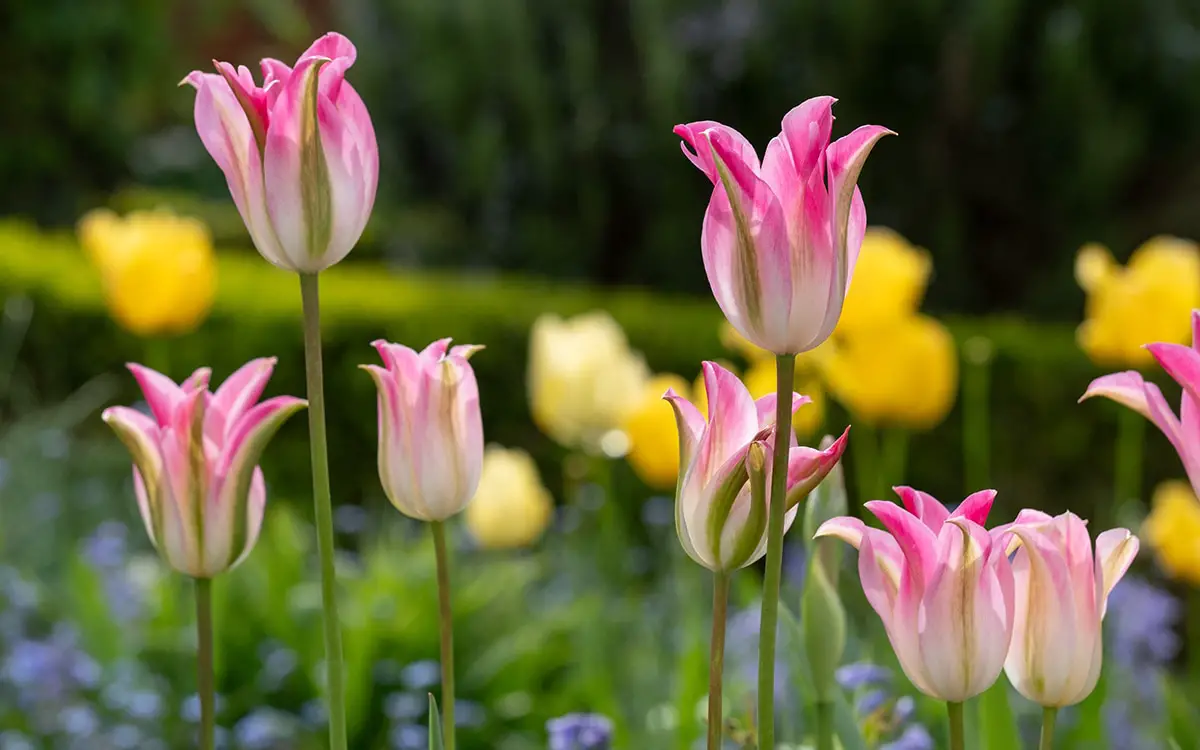The best time to plant tulips is in the fall. This gives the bulbs time to establish roots before winter.
Tulips are a beloved flower, known for their bright colors and elegant shapes. To enjoy their beautiful blooms, timing is key. Planting at the right moment ensures your tulips will thrive and bring joy to your garden. Fall is the ideal season for planting tulip bulbs.
Cooler temperatures help the bulbs develop strong roots. This preparation lets them bloom beautifully in spring. Understanding the timing can make a big difference in your gardening success. So, when should you plant tulips for the best results? Keep reading to find out more.

Credit: www.woodenshoe.com
Ideal Planting Season
The best months to plant tulips are October and November. The soil should be cool, but not frozen. Planting in these months ensures the bulbs settle before winter. This helps them bloom beautifully in spring. If you live in a warmer area, try planting in late November or early December. This helps avoid warm soil, which can harm the bulbs.
Tulips need a cool climate to grow well. They do best in places with cold winters. The cold helps them rest and prepare for spring. If your area does not get cold, you might need to refrigerate the bulbs before planting. This mimics the cold winter they need. Keep them in the fridge for about 6 to 8 weeks. Make sure they stay dry and away from fruits. This helps them bloom better in the spring.
:strip_icc()/planting-tulip-bulbs-7570948-7329da3827e84498b35610a86734a8fa.jpg)
Credit: www.bhg.com
Soil Preparation
Tulips grow best in well-drained soil. Sandy soil is ideal for tulips. Clay soil needs improvement. Use compost or peat moss for better drainage. Avoid heavy, wet soil. It can rot the bulbs.
Adding organic matter is good. Compost and aged manure work well. They improve soil structure. Also, they add nutrients. Phosphorus helps roots grow. Bone meal is a good source. Avoid nitrogen-rich fertilizers. They promote leaf growth, not flowers.
Choosing Tulip Bulbs
There are many types of tulips to choose from. Each variety has its own charm. Some tulips have large, bright blooms. Others have smaller, delicate flowers. You can find tulips in many colors like red, yellow, pink, and purple. Some tulips even have mixed colors.
Consider the climate where you live. Some tulip types do better in cooler areas. While others can handle a bit more heat. Always choose healthy bulbs. They should be firm and free from any spots or mold. This will help ensure your tulips grow strong and beautiful.
Planting Depth And Spacing
Plant tulip bulbs at a depth of 6-8 inches. This helps them stay safe from cold. Make sure the pointy end is facing up. If soil is heavy, plant a bit shallower. Sandy soil? Plant a bit deeper.
Leave enough space between tulip bulbs. 4-6 inches apart is best. This gives them room to grow. Crowded bulbs may not bloom well. Proper spacing also helps prevent diseases. Planting in groups of 10-12 looks very nice.
Watering Needs
Water tulips right after planting. This helps settle the soil. Keep the soil moist, but not too wet. Overwatering can cause bulbs to rot. Check the soil often. It should stay damp.
Water tulips once a week. Use a watering can or a gentle hose. Make sure water reaches the roots. In dry seasons, water more often. Stop watering when leaves turn yellow. This helps the bulbs rest.
Protecting From Pests
Tulips attract pests like aphids, slugs, and snails. These pests can damage your plants. Aphids suck sap from leaves, causing them to wilt. Slugs and snails eat the leaves and bulbs. They leave holes and trails of slime. Rodents, like mice, can also dig up and eat the bulbs.
Plant garlic and onions near tulips. These plants deter pests. Neem oil is a natural pesticide. Spray it on leaves to keep pests away. Crushed eggshells around the plant base can deter slugs and snails. Coffee grounds also work well. Planting marigolds nearby helps too. They repel many insects.
Winter Care
Mulching helps keep tulip bulbs warm in winter. Use straw or leaves. Spread a thick layer over the soil. This protects the bulbs from cold. Mulch also keeps soil moist. Remove mulch in spring.
Frost can harm tulip bulbs. Cover the soil with a cloth. Use burlap or a frost blanket. This traps heat and keeps bulbs safe. Check the weather forecast often. Protect bulbs before frost arrives.

Credit: www.longfield-gardens.com
Spring Bloom
Healthy tulip plants have strong, green leaves. They should stand tall. The color should be vibrant. Leaves should not be yellow or brown. Strong stems are also important. They should not bend or break. The flowers should be bright and colorful. A healthy tulip will have a firm bulb. Soft bulbs may be rotten.
Plant tulips in groups. Different types bloom at different times. Choose early, mid, and late season varieties. This will extend the blooming period. Deadhead flowers after they fade. This helps the plant save energy. Avoid cutting leaves until they turn yellow. The leaves store energy for next year.
Frequently Asked Questions
When Is The Best Time To Plant Tulips?
The best time to plant tulips is in the fall. Ideally, plant them 6-8 weeks before the first hard frost. This allows them to develop roots before winter.
Can You Plant Tulips In Spring?
Planting tulips in spring is not recommended. They need a cold period to bloom properly. For best results, plant them in the fall.
How Deep Should Tulip Bulbs Be Planted?
Tulip bulbs should be planted 6-8 inches deep. This depth protects them from freezing and helps them develop strong roots.
What Is The Ideal Soil For Tulips?
Tulips thrive in well-drained, sandy soil. Ensure the soil is rich in organic matter. Avoid waterlogged areas, as they can cause bulb rot.
Conclusion
Planting tulips at the right time ensures beautiful blooms. Fall is the best season. Choose a sunny spot with well-drained soil. Plant bulbs before the first frost. This helps roots establish well. Water them right after planting. Keep soil moist, but not soggy.
Remember, healthy bulbs lead to vibrant flowers. Enjoy the colorful display in spring. Happy gardening!

My mission is to help you bring the beauty of nature indoors with expert advice, detailed plant care guides, and creative design ideas.





Leave a Reply